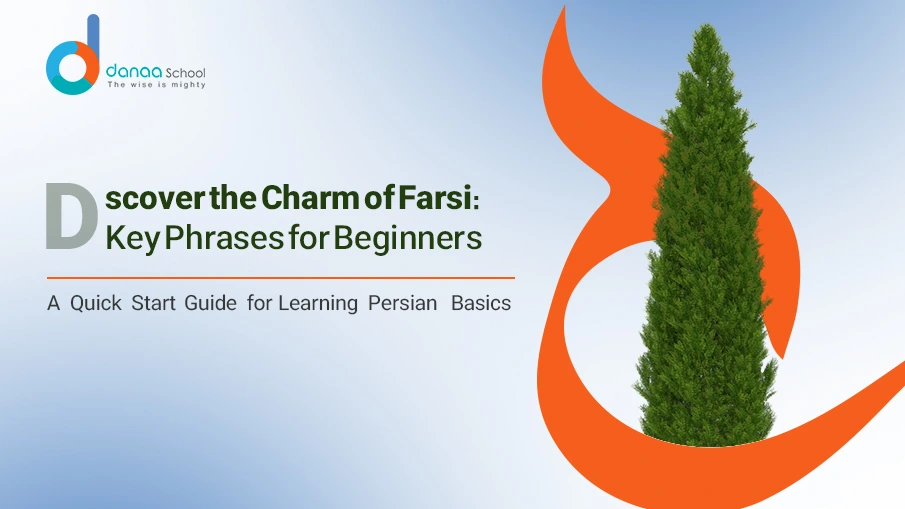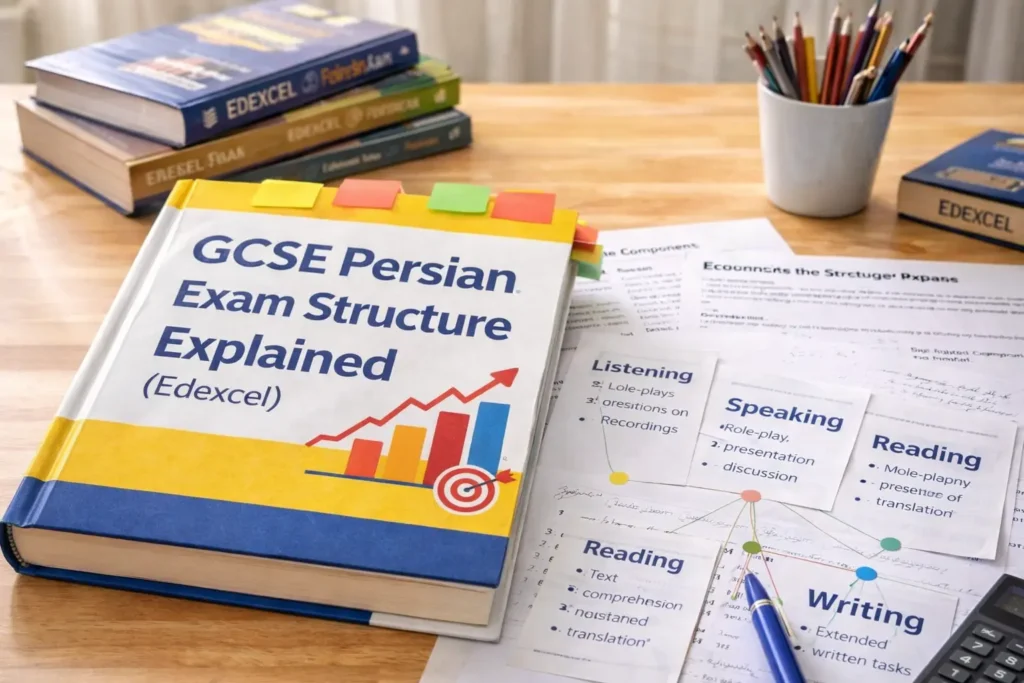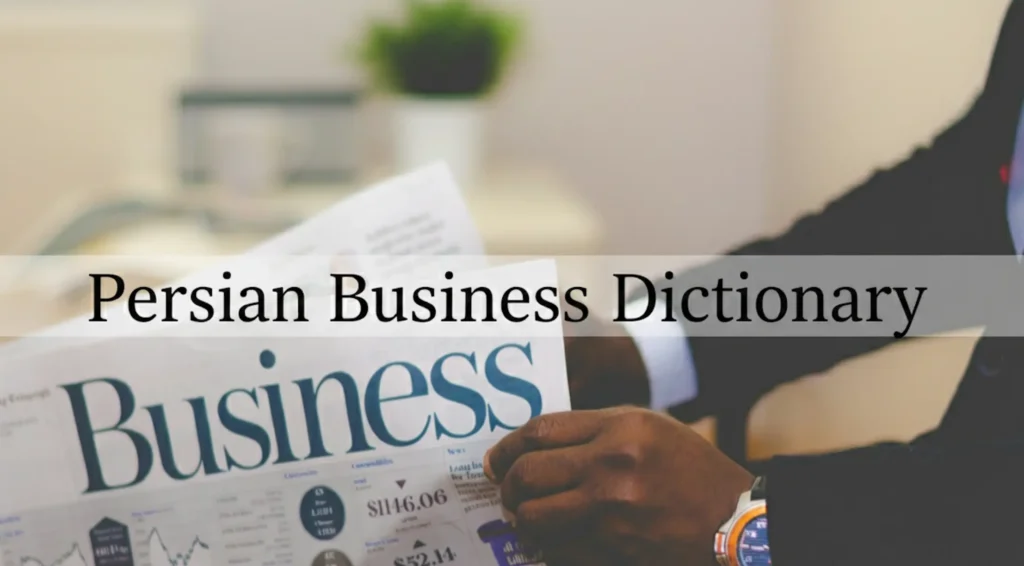Unlock the magic of farsi
Learning a new language opens doors to a world of opportunities. Persian, with its rich history and culture, is no exception. Whether planning a trip to Iran, connecting with Persian-speaking friends and family, or being fascinated by the language’s beauty, mastering essential phrases is the first step towards fluency.
Introduction
Welcome to the exciting journey of learning Persian! As you start this adventure, understanding the importance of essential phrases will fast-track your language acquisition process. Let’s explore the must-know expressions that will pave the way for meaningful conversations and cultural immersion.
Greetings and Basic Phrases
In Persian culture, greetings play a significant role in social interactions. Whether meeting someone for the first time or greeting a friend, mastering basic phrases like:
“Salam” (Hello) “سلام”
“Khodā Hāfez” (Goodbye) “خداحافظ”
sets the tone for positive communication.
Additionally, learning expressions like “Merci” (Thank you) “مرسی”
“Lotfan” (Please) “لطفا”
demonstrate politeness and respect in daily interactions.
Introducing Yourself
Introducing yourself is a fundamental aspect of language learning. Practice introducing yourself confidently in Persian by saying
“Man […..] hastam” (I am […..]) “من (…..) هستم”
Be prepared to answer common questions like:
“Shoma Chetor hastid?” (How are you?) “شما چطور هستید”
“Shoma az kodam shahr hastid?” (Where are you from?) “شما از کدام شهر هستید”.
Common Expressions for Communication
Expressing gratitude and apologizing gracefully are essential skills in any language. Learn phrases such as “Moteshakeram” (Thank you) “متشکرم”
“mazra’at mikham” (I’m sorry) “معذرت می خوام”
to navigate various social situations with ease and cultural sensitivity.
Navigating Everyday Situations
Whether dining at a restaurant or shopping in a local market, knowing how to communicate basic needs is invaluable.
Practice ordering food with phrases like:
“Yek ghaza mikhaham” (I would like one dish) “یک غذا می خواهم”
bargaining politely by saying:
“Gheimat ra kam konid, lotfan” (Please lower the price) “لطفا قیمت را کم کنید”.
Directions and Location
Getting around a new city can be challenging, but mastering directional phrases simplifies the process. Learn to ask for directions using expressions like:
“Mitavanid Rah ra be man Neshan bedahid?” (Can you show me the way?) “می توانید راه را به من نشان بدهید؟”
and give clear instructions using landmarks and street names.
Numbers and Counting
Numbers are the building blocks of communication. Start by mastering counting from one to ten:
(Yek, Do, Se, Chahar, Panj, Shesh, Haft, Hasht, Noh, Dah) “یک، دو، سه، چهار، پنج، شش، هفت، هشت، نه، ده” and practice using them in everyday scenarios like shopping and telling time.
Time and Dates
Understanding time and dates is crucial for scheduling appointments and making plans. Practice asking for the time with
“Saat chand Ast?” (What time is it?) “ساعت چند است”
discussing dates using phrases like:
“Emruz che roozi hast?” (What day is it today?) “امروز چه روزی است؟”
“In mah che mahi ast?” (What month is it?) “این ماه چه ماهی است”
Emergencies and Medical Assistance
Knowing how to seek help and describe medical symptoms can be lifesaving in times of crisis. Learn phrases like:
“Komakam konid!” (Help me!) “کمکم کنید”
“Dard daram” (I am in pain) “درد دارم”
to effectively communicate in emergencies.
Social Interactions and Invitations
Building meaningful connections often starts with social interactions and invitations. Practice inviting someone out by saying:
“Ba man bia” (Come with me) “با من بیا”
responding graciously to invitations with “Bale, ba khoshi” (Yes, with pleasure) “بله، با خوشی”
or “Mamnoon, vali ma’zrat mikham” (Thank you, but I apologize) “ممنونم، ولی معذرت می حوام”
Expressing Opinions and Preferences
Expressing opinions and preferences foster engaging conversations. Use phrases like:
“Man dust daram” (I like) “من دوست دارم”
“Man dost nadaram” (I don’t like) “من دوست ندارم”
to share your likes and dislikes respectfully.
Cultural Insights through Phrases
Language reflects culture, and learning Persian phrases offers insights into Iranian customs and traditions. Explore idioms like “Dar havaye khandan budi” (You were in a laughing mood) and sayings such as “Har chi khastam, yek bozorgtar az an dashtam” (Everything I wished for, I found something greater).
Phrases for Traveling
Whether traveling for leisure or business, mastering travel-related phrases is essential. Learn airport terminology like: “Tabdil-e arz” (currency exchange) “تبدیل ارز”
and hotel check-in phrases such as:
“Man dar hotele [Hotel Name] reserve kardam” (I have a reservation at [Hotel Name]) “من در هتل [اسم هتل] رزرو کردم”
Common Mistakes to Avoid
Learning a new language can be challenging, but being aware of common mistakes can accelerate your progress. Pay attention to pronunciation nuances and cultural sensitivities to communicate effectively and respectfully.
Conclusion
Congratulations on taking the first steps towards mastering essential Persian phrases! By incorporating these expressions into your daily practice, you’ll soon find yourself navigating conversations with confidence and cultural awareness. Keep exploring the beauty of the Persian language and embrace every opportunity to immerse yourself in its richness.
Nurture your language skills with Danaa School’s fantastic Farsi program! Our engaging curriculum is tailored for young learners, making Farsi learning enjoyable and effective. With fun activities and experienced teachers, we create a supportive environment. Join us!
Why Danaa School?
Danaa School is committed to preserving and promoting the rich cultural heritage of Persian literature. With a curriculum designed to inspire and educate, Danaa School allows students to explore the world of the Persian poetry and discover the profound wisdom and beauty contained within.
Through engaging lessons, interactive activities, and immersive experiences, Danaa School students learn about the legendary Persian poets and develop a deeper appreciation for the cultural heritage that continues to shape their identity and worldview.
FAQs
1. What are some Persian phrases?
Persian phrases encompass many expressions in daily conversations, such as greetings, shopping, dining, and more. Some common phrases include greetings like “Salam” (Hello) “سلام” and “Khodā Hāfez” (Goodbye) “خداحافظ”, expressions of gratitude such as “Moteshakeram” (Thank you) “متشکرم”, and basic questions like “Chetor hastid?” (How are you?) “چطور هستید” Learning these phrases will help you navigate various social situations with ease.
2. How do you introduce yourself in Persian?
To introduce yourself in Persian, you can say “Man [Your Name] hastam” (I am [Your Name]) “من… هستم” For example, “Man Ariya hastam” (I am Ariya). “من آریا هستم” Additionally, you can provide further information by answering questions like “Shoma az kodam shahr hastid?” (Where are you from?) “شما از کدام شهر هستید” and “Chetor hastid?” (How are you?).”چطور هستید”.
3. What is the hardest part of learning Persian?
The difficulty of learning Persian varies depending on language background and learning style. However, some learners find the Persian (Perso-Arabic) script challenging to master initially, along with pronunciation nuances and verb conjugations. Consistent practice and exposure to the language can help overcome these challenges.
4. Where to start learning Persian?
Various resources are available for learning Persian, including online courses, language apps, textbooks, and language exchange programs. Beginners can start with basic vocabulary and grammar lessons, focusing on essential phrases for greetings, introductions, and everyday conversations. Immersing yourself in Persian culture through music, movies, and literature can also enhance your learning experience.
5. How do you say basic phrases in Farsi?
Basic phrases in Farsi (Persian) include greetings like “Salam” (Hello) “سلام” and “Khodā Hāfez” (Goodbye) “خداحافظ”, expressing gratitude with “Merci” (Thank you) “مرسی”, and asking questions such as “Chetor hastid?” (How are you?) “چطور هستید” Practicing these phrases regularly will help you build confidence and fluency in Persian communication.
6. How do you greet a Persian girl?
Greeting a Persian girl follows the same cultural norms as greeting anyone else in Persian culture. You can use common greetings like “Salam” (Hello) “سلام” or “Dorood” (Greetings) “درود” along with a polite smile. Being respectful and considerate in your approach is essential, especially in initial interactions.
7. How do you show respect in Persian?
In Persian culture, showing respect involves using polite language and gestures. Addressing people with appropriate titles such as “Khanoom” (Ms.) “خانم” or “Agha” (Mr.) “آقا” demonstrates respect. Additionally, using polite phrases like “Lotfan” (Please) “لطفا” and “Moteshakeram” (Thank you) “متشکرم” in interactions shows consideration for others.
8. How to learn Persian script?
Learning the Persian, Perso-Arabic, requires practice and familiarity with its alphabet and letter forms. Beginners can start by learning the alphabet and practicing writing each letter individually. Gradually, move on to learning how to connect letters and form words. Online resources, handwriting practice sheets, and language textbooks can aid in learning the Persian script effectively.







